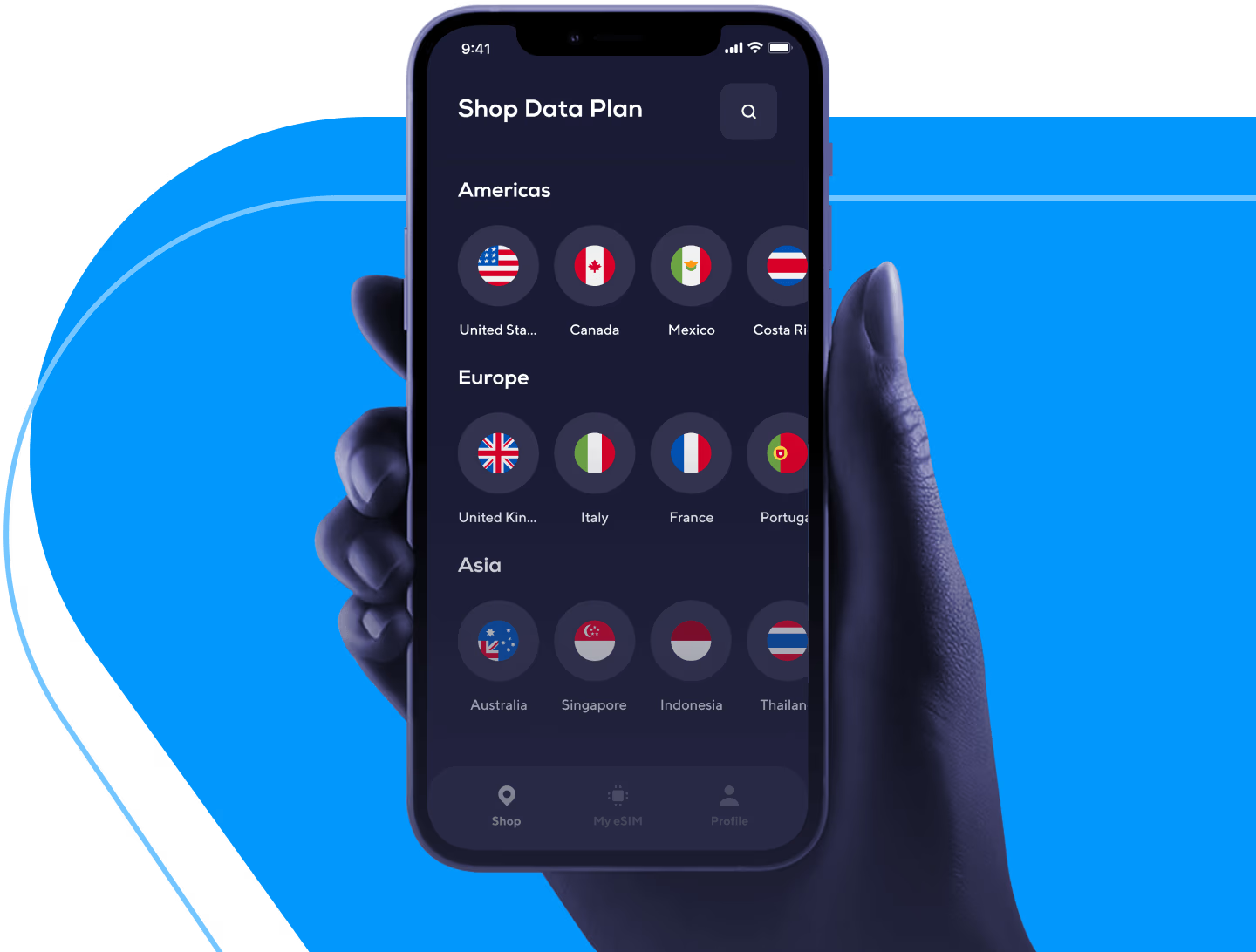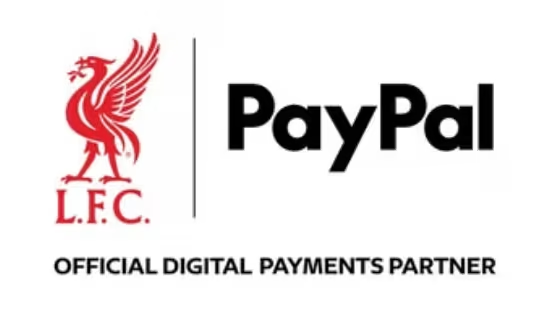
Why eSIM Providers Are Doubling Down on Enterprise Services
Only a few years ago, “eSIM provider” meant a consumer-focused app you downloaded before a trip to dodge roaming fees. But the category has quietly evolved into something much bigger—and much more strategic. Today, eSIM companies are building full enterprise ecosystems that power airlines, OTAs, fintech platforms, hotel groups, and travel brands.
Why? Because connectivity is no longer just a utility. It’s becoming a revenue engine, a loyalty tool, and one of the smartest ways for brands to stay tied to customers long after they’ve left the booking page.
And one of the most illustrative examples right now is Nomad eSIM’s rapid rise across both consumer and enterprise segments.
How Enterprise eSIM Actually Works
The beauty of eSIM at the enterprise level lies in its flexibility. Instead of shipping physical SIM cards or relying on roaming agreements that are expensive and rigid, businesses can embed mobile connectivity directly into their digital journeys.
This can look like:
- An airline offering a post-purchase add-on that lets passengers stay connected on arrival.
- A fintech app bundling local data with its travel card product.
- A hotel group providing digital guest onboarding with complimentary connectivity.
- An OTA offering country-specific packages as part of itinerary planning.
Behind the scenes, the eSIM provider handles network provisioning, global coverage, billing, APIs, and customer support. For brands, the integration is usually as simple as plugging into a set of developer tools and surfacing the offers in their existing digital channels.
The goal: create a seamless, white-label (or co-branded) connectivity layer that unlocks new revenue streams while improving the customer experience.
The Business Opportunity: Why Brands Want This
If you’re a travel or digital company, eSIM isn’t just a “nice extra.” It’s a margin-lifting product with remarkable cross-category potential.
Here’s why companies are jumping in:
- Zero logistics: No warehousing, no shipping, no returns.
- High adoption: Travel is the number-one entry point for eSIM usage globally.
- New revenue streams: Commissions, bundles, upsells, loyalty rewards, and dynamic offers.
- Fewer support headaches: eSIM activation is simpler than most roaming troubleshooting.
- Better retention: Staying connected is a high-frequency need, making brands more relevant throughout a trip.
For OTAs and airlines, it solves a long-standing monetization challenge: how to earn money after the ticket purchase. For fintechs, it strengthens their value proposition. For hotels, it becomes part of a premium guest journey.
This is why enterprise demand is exploding—and why providers are expanding their capabilities fast.
Nomad’s Consumer Growth Sets the Stage for Its Enterprise Push
Nowhere is this shift clearer than in the latest update from Nomad eSIM, a business line of LotusFlare. The company reported over 100% global purchase-volume growth year-over-year across both consumer and enterprise channels—an impressive marker in a market that’s becoming more competitive by the month.
On the consumer side, Nomad has secured something not all eSIM players have: genuine mainstream trust. The brand is now used by millions of international travelers, offers seamless connectivity in 200+ destinations, and has strengthened its lineup with unlimited data plans in key markets and expanded regional offers for frequent travelers. The App Store rating—4.8 stars—takes care of the credibility piece.
READ MORE: eSIM as a Service: Why APIs Are Powering the Next Wave of Travel Tech Innovation
And this strong consumer foundation feeds directly into the enterprise strategy.
“Our leadership in the consumer space has proven the reliability and scalability of our core technology,” says Shern Ng, Head of Product at Nomad. “Nomad Enterprise is now extending its trusted platform to empower businesses. We are not just reducing roaming costs, we are providing a scalable, full-stack solution that transforms connectivity into a powerful new profit center and a cornerstone of world-class customer service.”
Nomad’s Enterprise Momentum (and Why It Matters)
Nomad Enterprise is positioning itself as a turnkey connectivity engine for businesses that want to enter the eSIM economy quickly and with minimal friction.
The biggest news: the launch of comprehensive API documentation, allowing OTAs, airlines, fintechs, and digital brands to integrate Nomad’s eSIM capabilities directly into their platforms. This means faster onboarding, smoother user journeys, and enterprise-grade reliability backed by:
- a robust global infrastructure
- developer-friendly APIs
- an intuitive management portal
- competitive international rates
For partners, this isn’t only a tech integration—it’s a new business channel.
Nomad is also expanding its partnerships through high-visibility collaborations. After successful activations at Wimbledon and the Singapore Grand Prix, the company confirmed that more strategic deals are coming, aimed at scaling visibility and strengthening its global ecosystem.
If you’ve watched the enterprise eSIM race closely, you’ll recognize the significance: events and global brands are now choosing connectivity partners the same way they choose payment providers or cloud vendors.
The Bigger Market: Who Nomad Is Competing With
Nomad’s enterprise push doesn’t happen in a vacuum. The market now includes a mix of specialist eSIM startups, MVNOs, wholesale carriers, and digital-first telcos, all trying to stake their territory.
Players such as Airalo for Business, Airhub, Yesim, esim.io, 1Global, Gigs, Soracom, eSIM Go, and Telna are all building enterprise-grade APIs, white-label solutions, and infrastructure layers.
Each brings a slightly different angle:
- Airalo leverages its massive consumer footprint to create a loyalty-friendly enterprise layer.
- Airhub focuses on high-quality global connectivity with strong multi-network redundancy, flexible enterprise APIs, and a track record of powering travel brands with reliable data services—particularly attractive for partners that prioritize network stability and aggressive regional pricing.
- Gigs positions itself as the “Stripe for telecom,” with modular APIs.
- 1Global operates with strong telco roots and compliance infrastructure.
- Soracom dominates IoT and industrial connectivity and is now expanding into travel.
- Telna brings carrier-grade capabilities with global profiles.
- Yesim positions itself as a premium, privacy-focused eSIM service with a growing B2B offering; it appeals to partners looking for clean UX, concierge-style customer support, and easy integration for travel and fintech ecosystems.
What separates leaders from followers today isn’t just coverage—it’s reliability, onboarding speed, pricing transparency, self-service tools, and the ability to scale without disruptions.
Nomad’s advantage comes from its dual success: the consumer brand acts as real-world proof that the underlying tech works at scale, while the enterprise business capitalizes on that credibility.
Reliable industry sources such as GSMA Intelligence, Juniper Research, and Kaleido Intelligence have already projected that enterprise and travel-adjacent eSIM use cases will outpace purely consumer-driven growth by 2027. We are now clearly entering that phase.
Key Takeaways for Travel and Digital Brands
If your business touches travelers at any point—from booking to payment to accommodation—eSIM should now be on your roadmap. Providers like Nomad, Airalo, and Gigs have made integration faster than ever, turning connectivity into a monetizable digital product.
The shift is simple: connectivity has moved from being a commodity to becoming a strategic experience layer.
Conclusion
The enterprise eSIM market is maturing into one of the most dynamic parts of the travel and connectivity ecosystem. Nomad’s rapid global growth—paired with its new API infrastructure—is a strong signal that the next wave of innovation will be driven by full-stack, enterprise-grade platforms that merge consumer trust with developer-friendly technology.
Compared with players like Airalo, Gigs, and 1Global, Nomad’s strength lies in a combination of scale, brand equity, product polish, and its ability to perform both as a standalone consumer app and as an enterprise engine. In a market where reliability and rapid deployment matter just as much as global coverage, that hybrid positioning is a genuine competitive edge.
Industry research from GSMA Intelligence, Juniper Research, and Kaleido Intelligence consistently reinforces the trend: businesses integrating eSIM into their digital journeys gain more loyalty, more revenue, and higher customer satisfaction than those relying on legacy roaming partnerships.
In other words, connectivity is no longer a back-end utility. It’s becoming a strategic pillar. And providers like Nomad are showing how powerful that shift can be when executed at scale.













